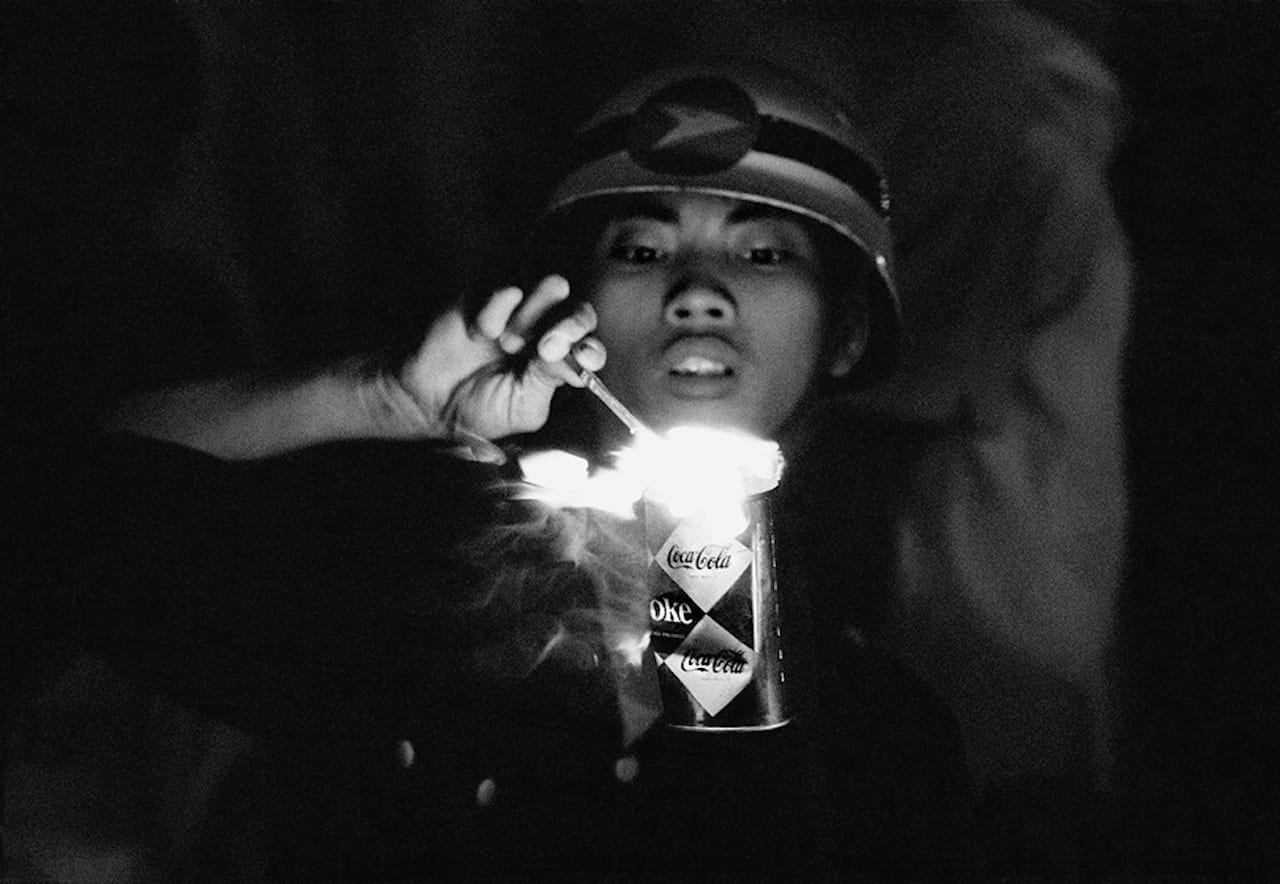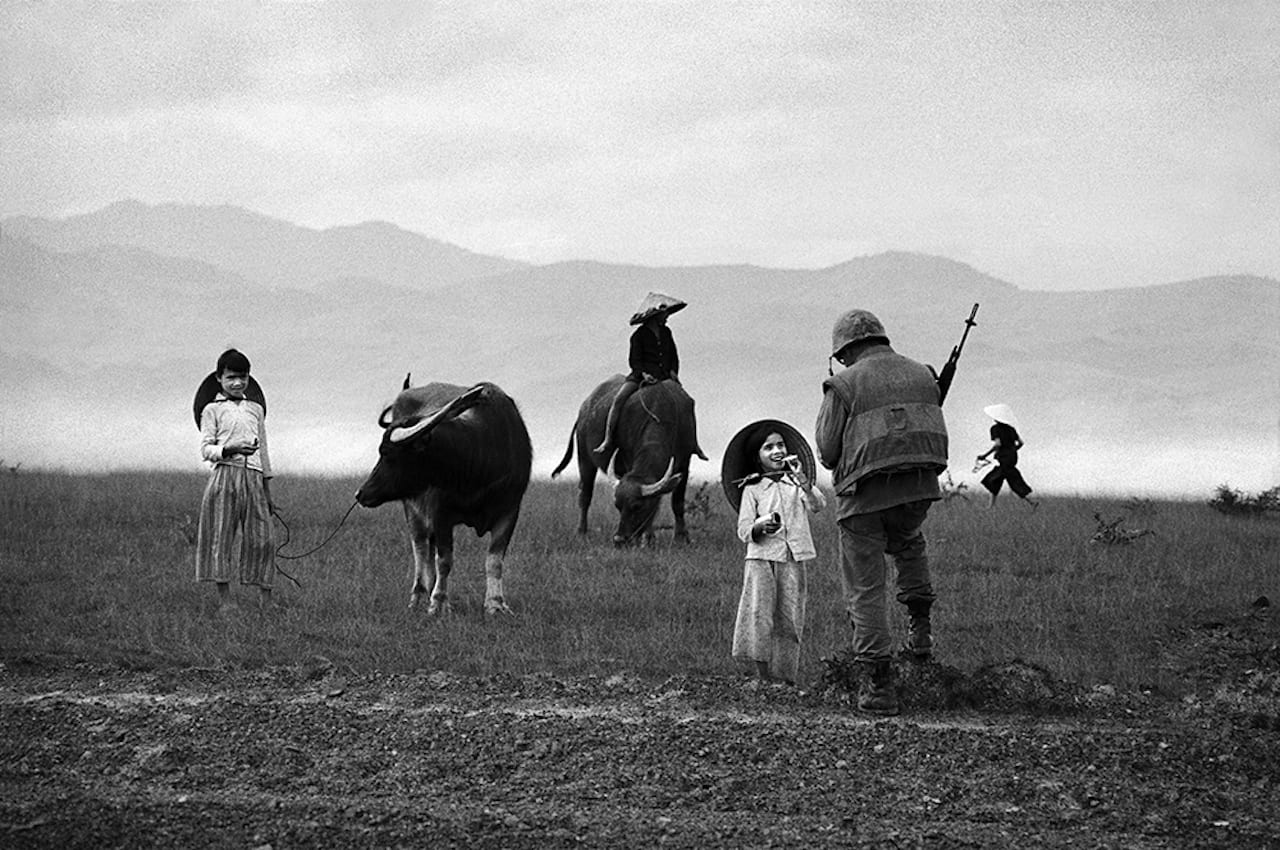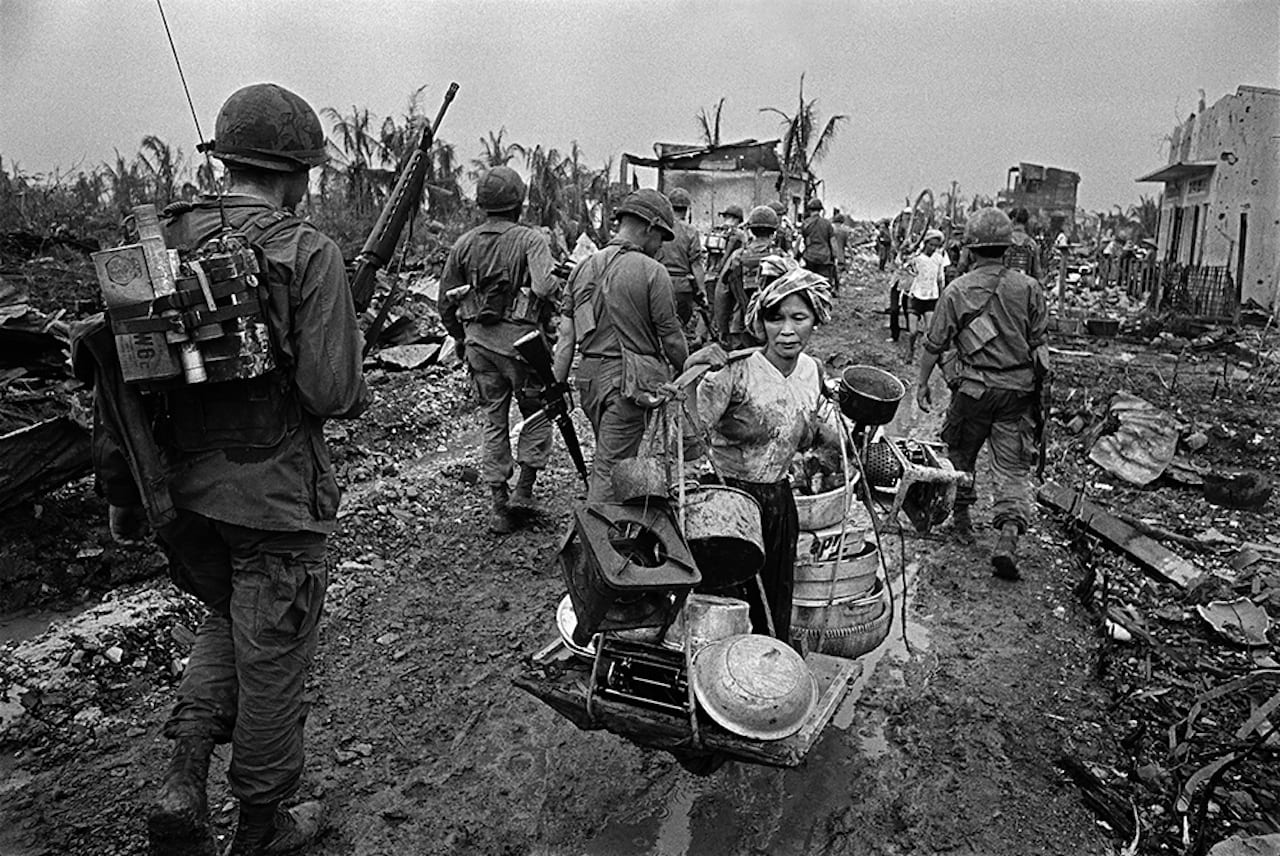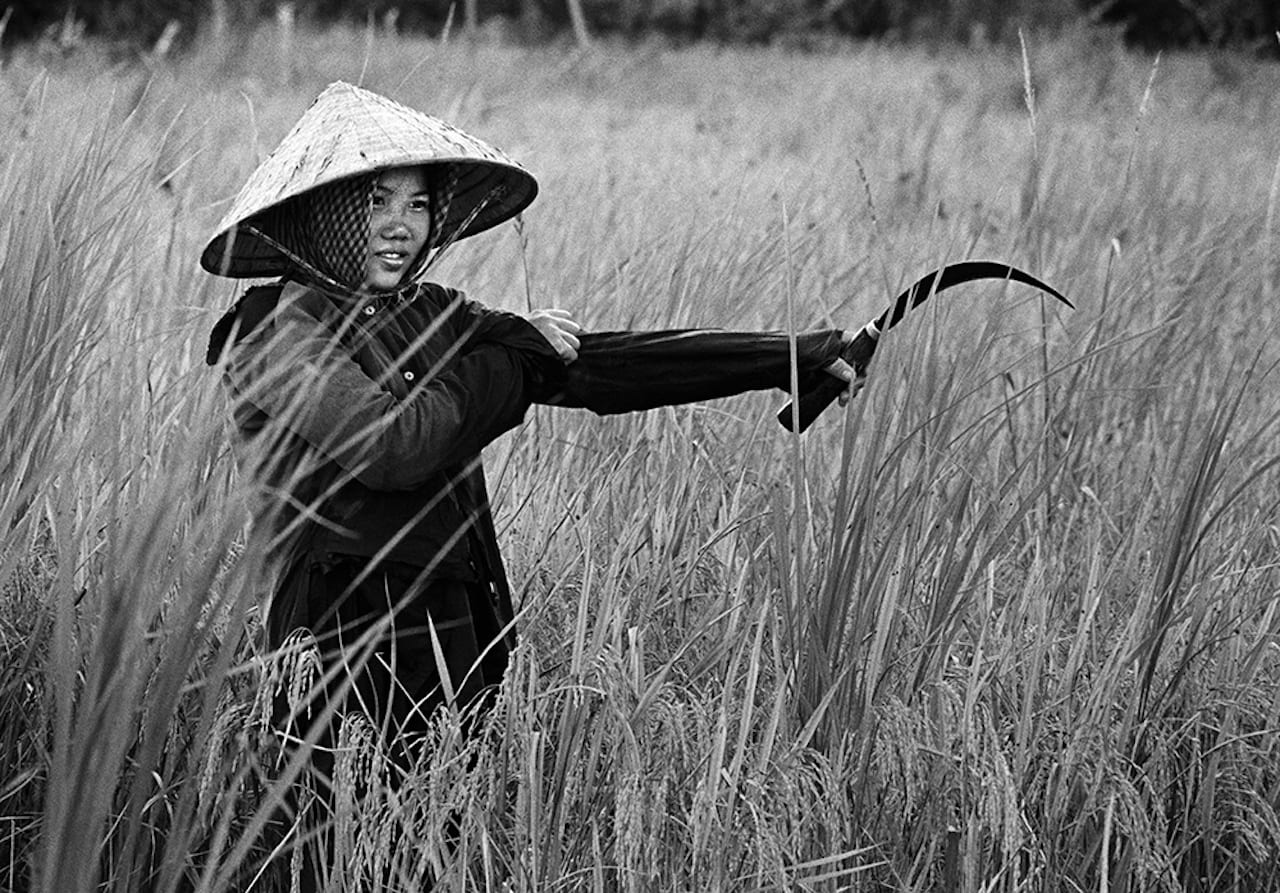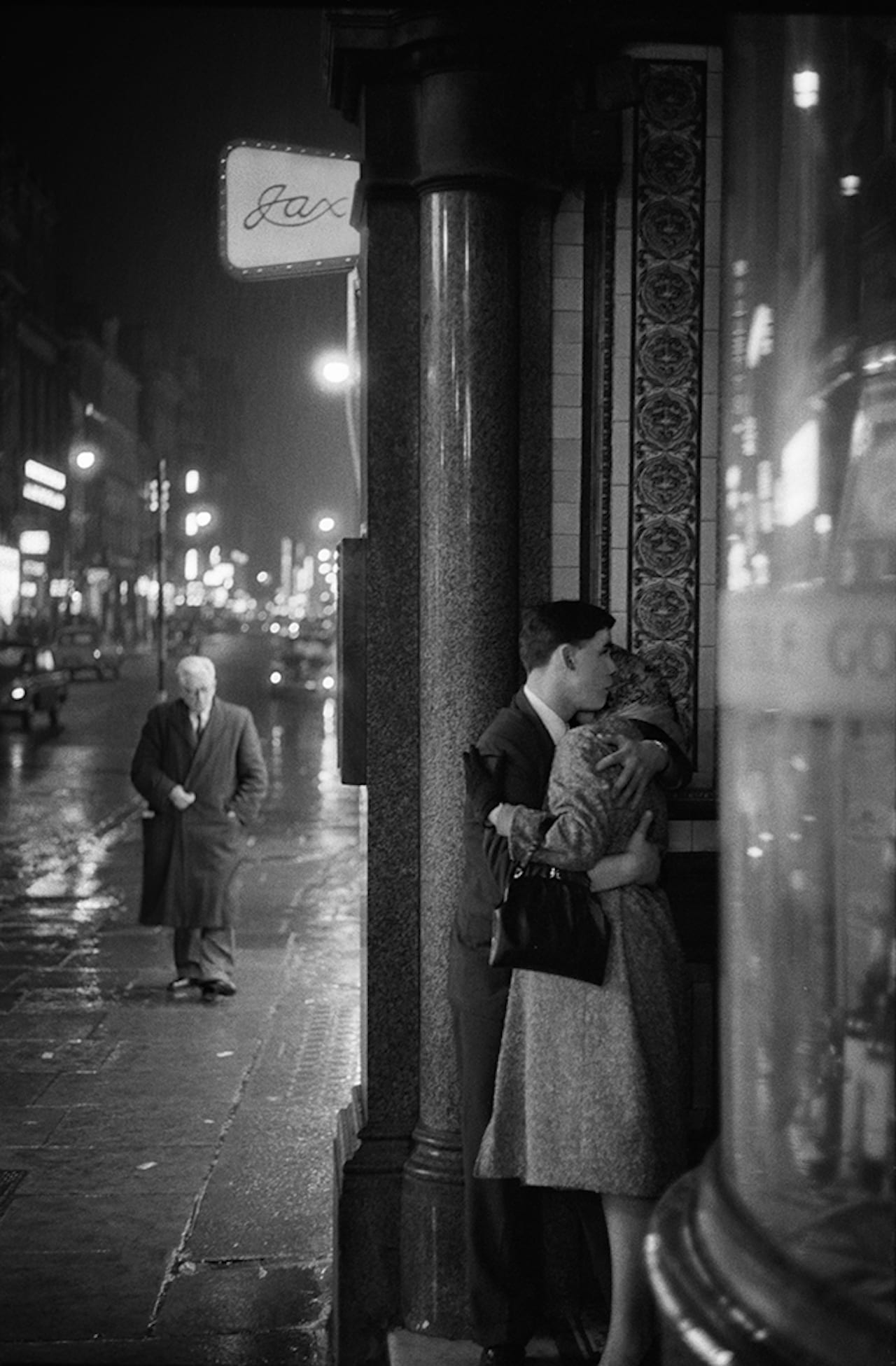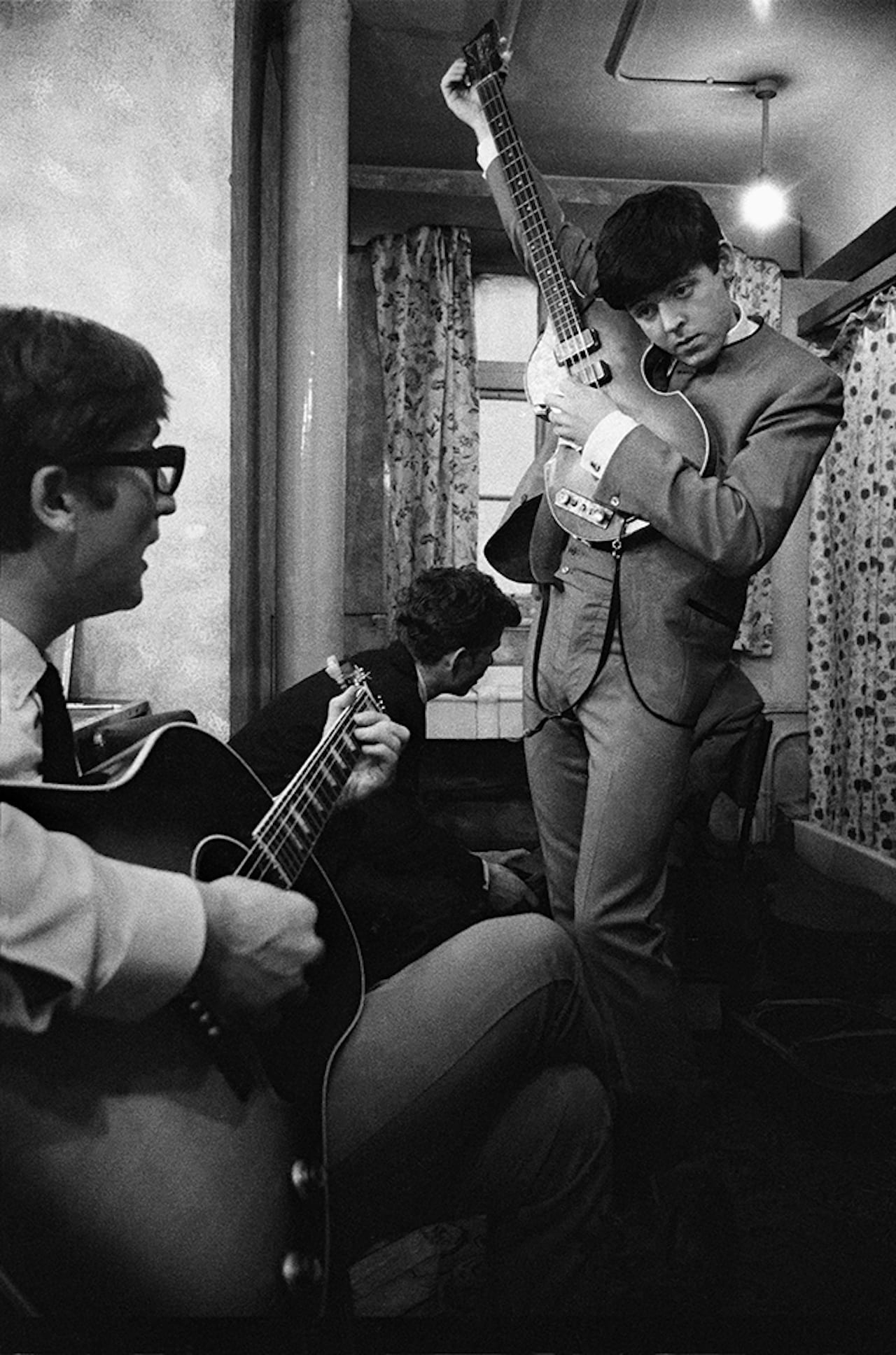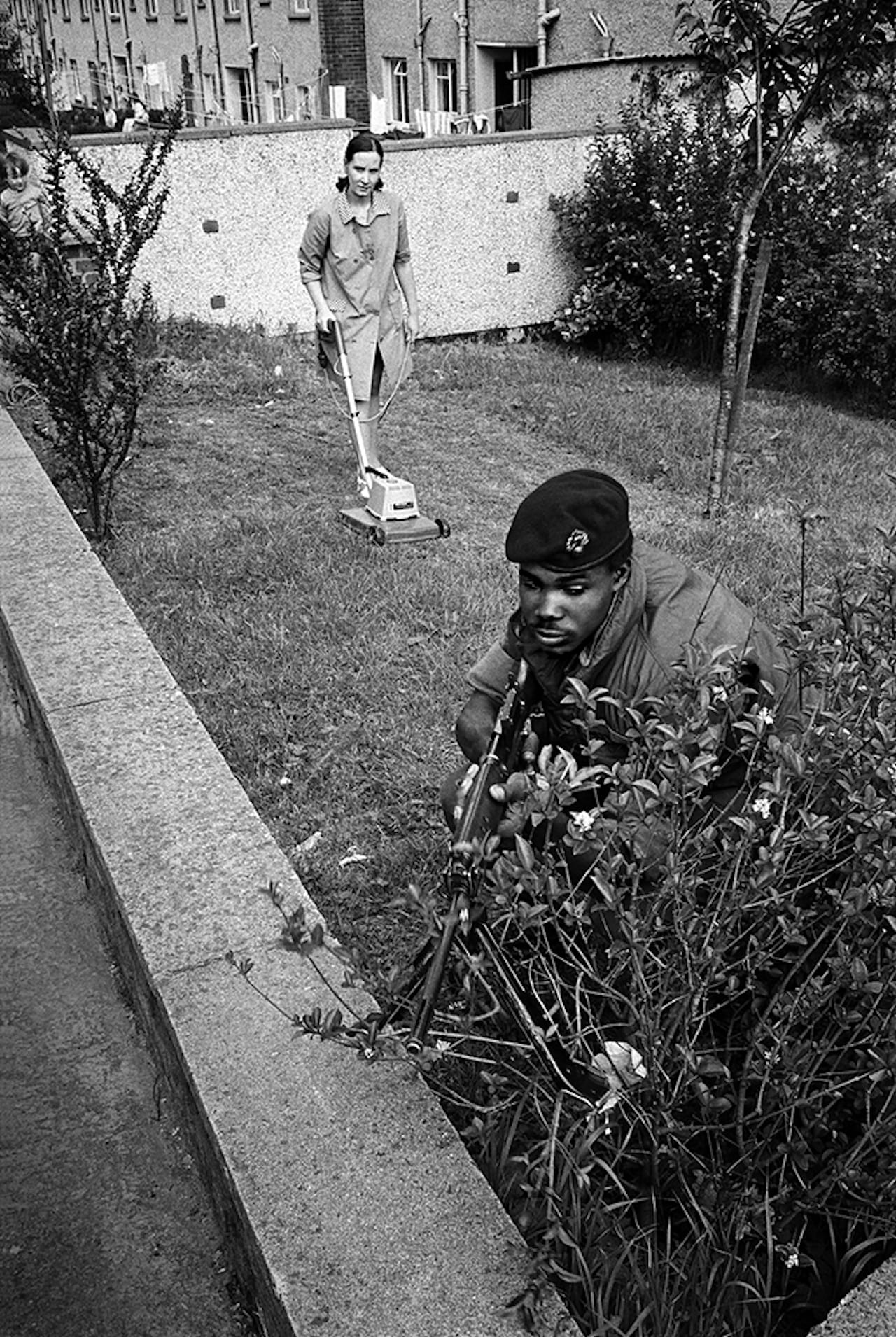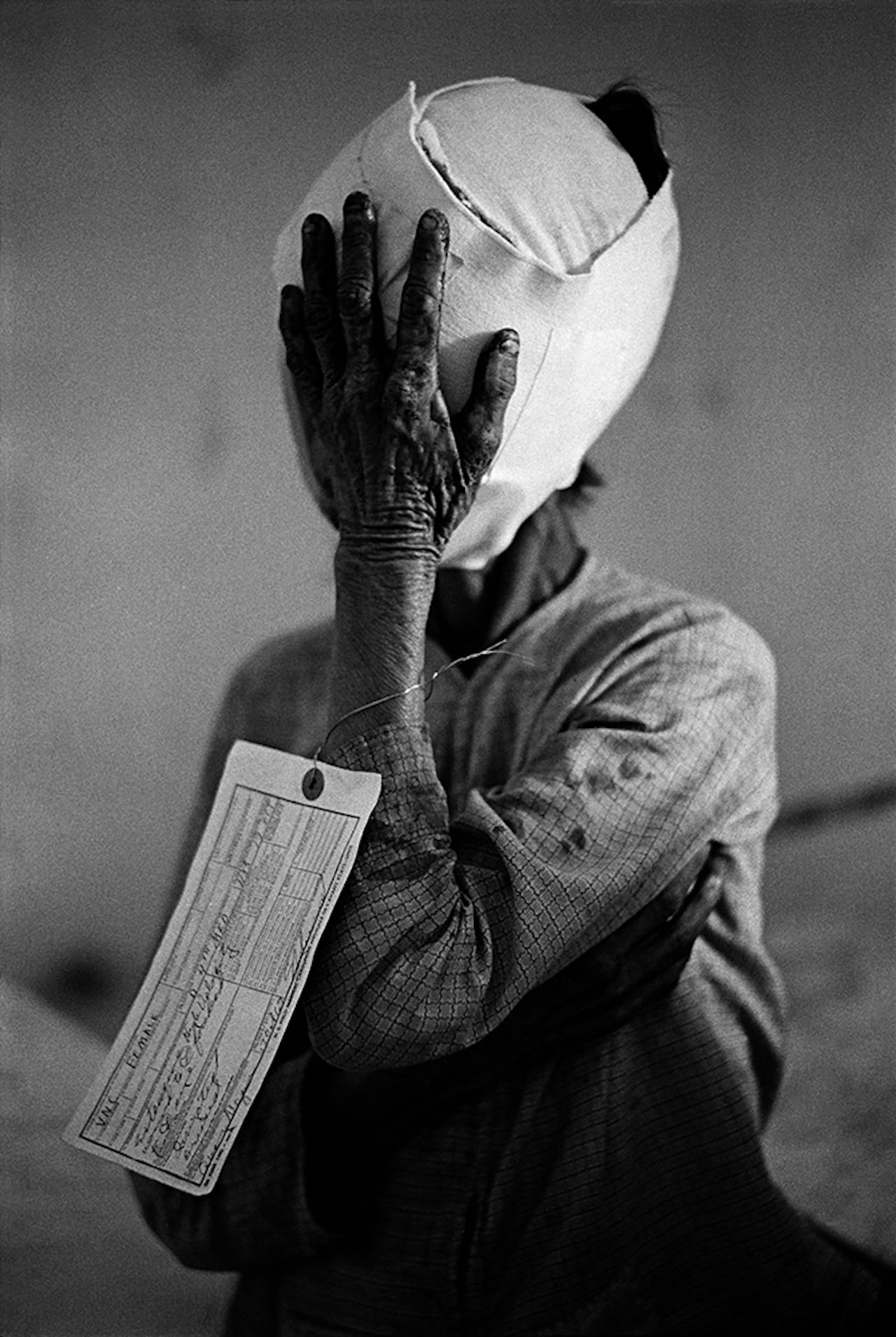“Philip always hated being called a ‘war photographer,’” says Hannah Watson, director of TJ Boulting Gallery, of Philip Jones Griffiths. “He wasn’t interested in the ‘action’ that you often associated with war photography.”
Instead, Watson draws attention to the careful consideration and intelligence behind each of the Magnum photographer’s shots. “In a single image he could give insight and an in-depth analysis to a complex situation,” she says.
Born in Rhuddlan, Wales in 1936, Griffiths studied pharmacy at Liverpool University while taking pictures part-time for the Manchester Guardian. Becoming a full-time freelancer in 1961 for the London-based Observer, he began to travel on assignments that took him to over 120 countries. It was in Cambodia that he got a major break, photographing Jackie Kennedy on holiday in Phnom Penh.
After joining Magnum Photos in 1966, of which he was later president for a record five years, he went on to document the Vietnam War. Published in 1971, his seminal book Viet Nam Inc cemented his reputation as a fiercely intelligent and astute photojournalist.
Civilian Victim, Vietnam, 1967 © Philip Jones Griffiths / Magnum Photos
“He wasn’t interested in any kind of macho existence; he was interested in normal people and how war affected lives,” says Watson, who is also director of Trolley Books, which has published three books by Griffiths – Agent Orange: Collateral Damage in Viet Nam (2003), Viet Nam At Peace (2005), and Recollections (2008). “With Agent Orange: Collateral Damage in Vietnam you can see how, for him, the effects of war were still as visible and important decades after the war itself had ended,” she adds.
“What differentiated him from war photographers is that Philip would go back to the country once the war was over, as is so eloquently exemplified in Vietnam at Peace,” says Fanny Ferrato of her father.
In photographing war, Griffiths often turned away from the obvious. Watson says he spent days waiting on his balcony to catch a Vietnamese woman pickpocketing an American GI, other images are “infused with his wry sense of humour”, such as his image of a soldier chatting with a young girl in rural Vietnam.
In his images of Britain in the 1950s to 70s, he shows the same knack for catching these offbeat moments. In one shot, a soldier crouches in a suburban garden taking aim with a gun, while a woman mows the lawn behind him. It’s a striking transitory scene, but the kind of thing that only Griffiths seemed to notice.
“The boy smashing the piano in Wales is a brilliant image,” says Watson. “That split second of timing is perfect. You don’t often see the whole caption but its says, ‘My mami gave it to me to mend’ which is classic PJG humour and contrariness.”
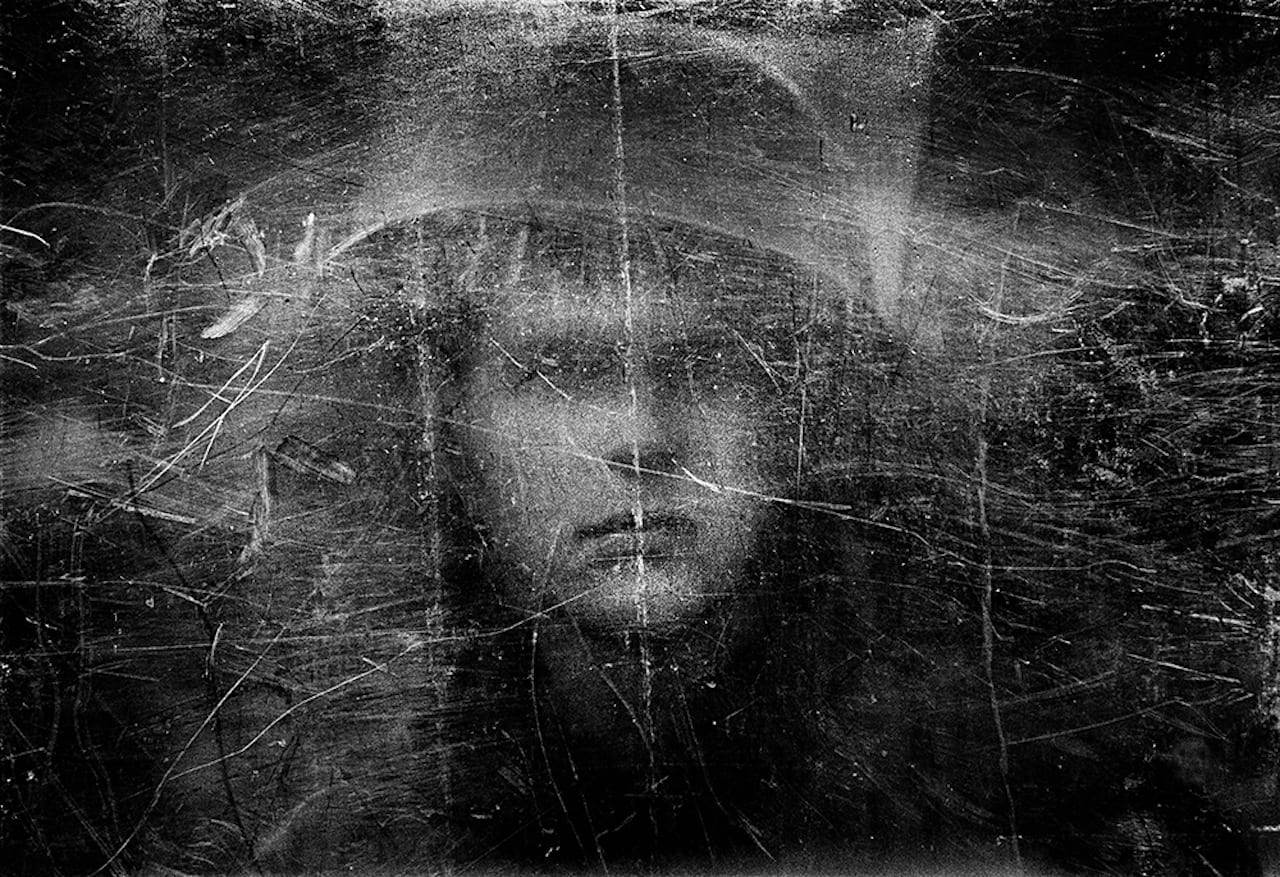
Photos
With heroes like Henri Cartier-Bresson, Griffiths favoured the ‘decisive moment’ – the moment when all elements in the frame seem to coincide at exactly the right time. “He was also a champion of the perfect composition,” says Watson. “With Philip’s work, it was always form as much as content, both equally as strong as each other.”
Griffiths also believed in the importance of books, Watson adds, because of their immortalising quality. “He knew they would outlive magazines and exhibitions and that long after he was gone, his books would still be around,” she says.
“Philip’s work will always be important because there are lessons to learn from it,” says Katherine Holden, Griffith’s daughter. “We want to keep the work alive not only to preserve it’s historical importance, but also to inspire other photographers to go out and do great work, stop wars and highlight injustice. The importance of his legacy is probably best summed up by Noam Chomsky who said when discussing the level of impact of Vietnam Inc – ‘If anybody in Washington had read that book, we wouldn’t have had these wars in Iraq or Afghanistan.'”
Presented by TJ Boulting and Trolley books, in conjunction with the Philip Jones Griffiths Foundation and Magnum Photos, the exhibition is split into two areas – one with prints from Griffith’s two main bodies of work, the Vietnam War and Britain throughout the 1950s-70s, and the other containing films and interviews about Griffiths, plus ephemera such as the original Viet Nam Inc. dummy and a mug from Vietnam with a bullet hole in it.
A corresponding show will also take place at the Magnum Print Room in June.
Philip Jones Griffiths – Ten Year Anniversary Exhibition is on show from 19 March-21 April 2018 at TJ Boulting. Philip Jones Griffiths: Icons will run from 5 June-27 July 2018 at the Magnum Print Room.
www.tjboulting.com/exhibitionspage/504/pjgx www.magnumphotos.com
